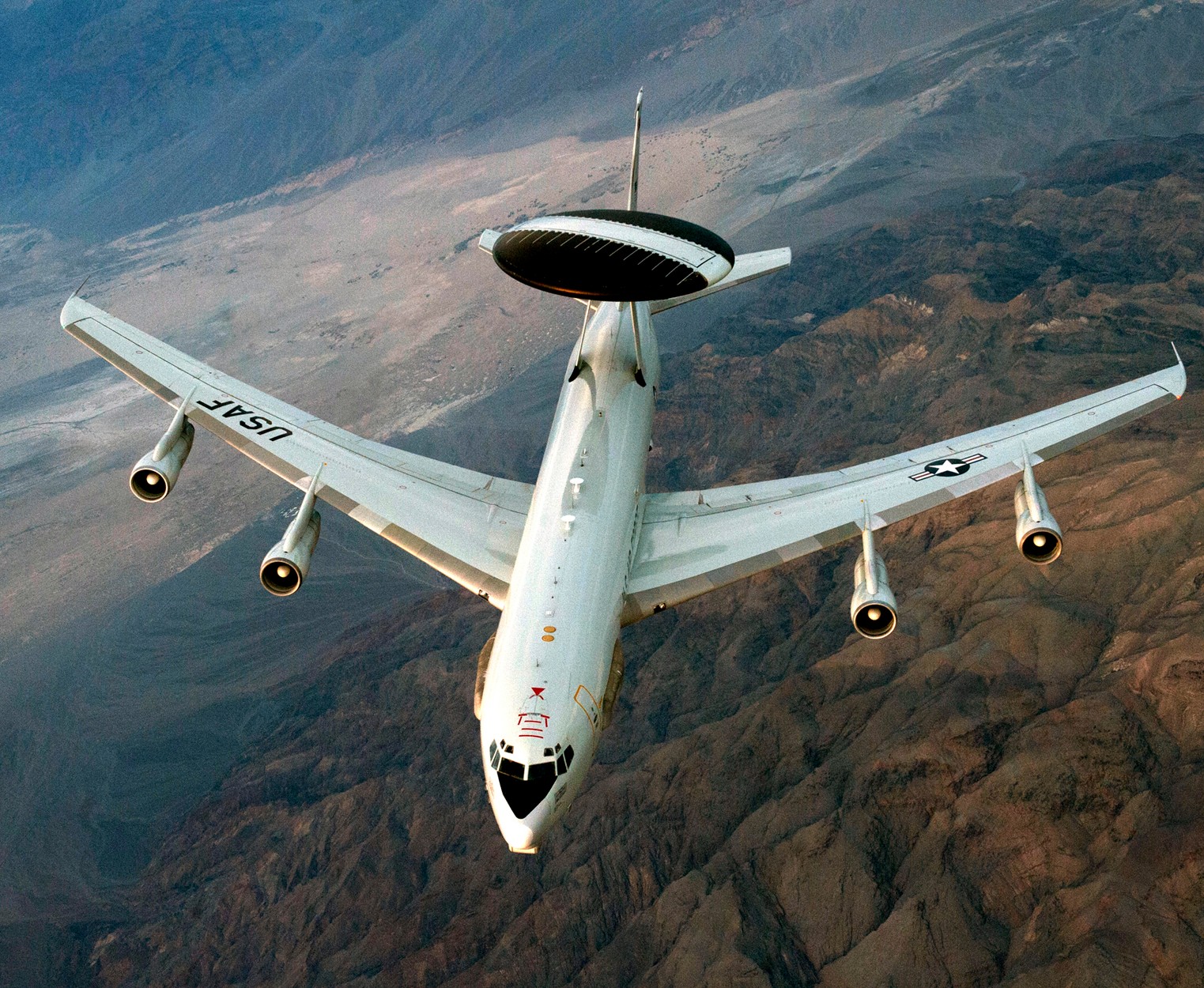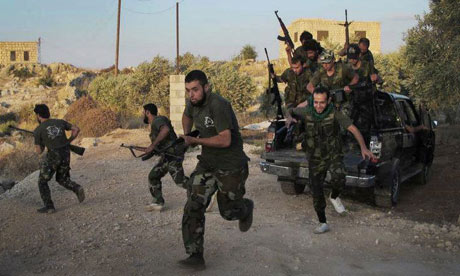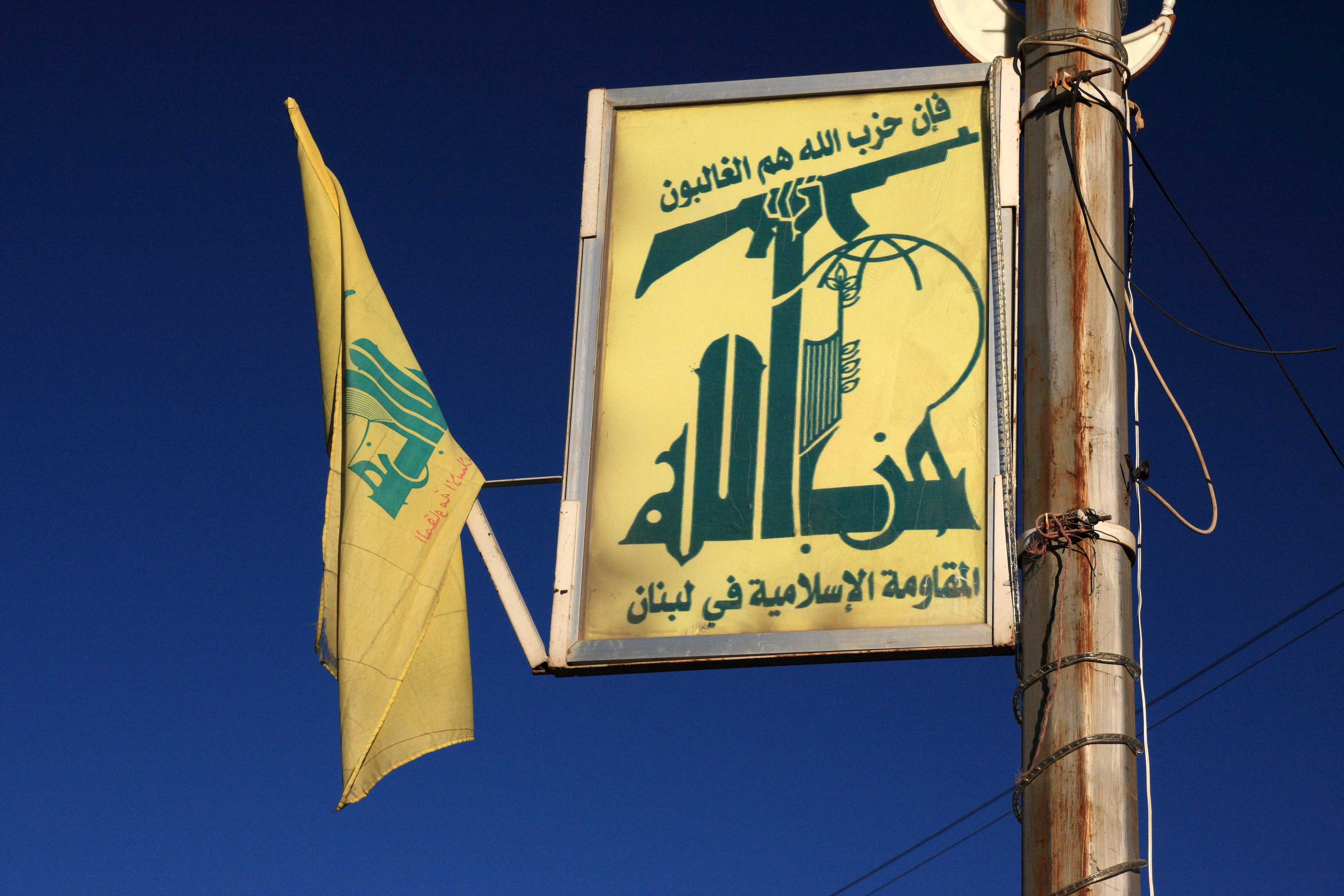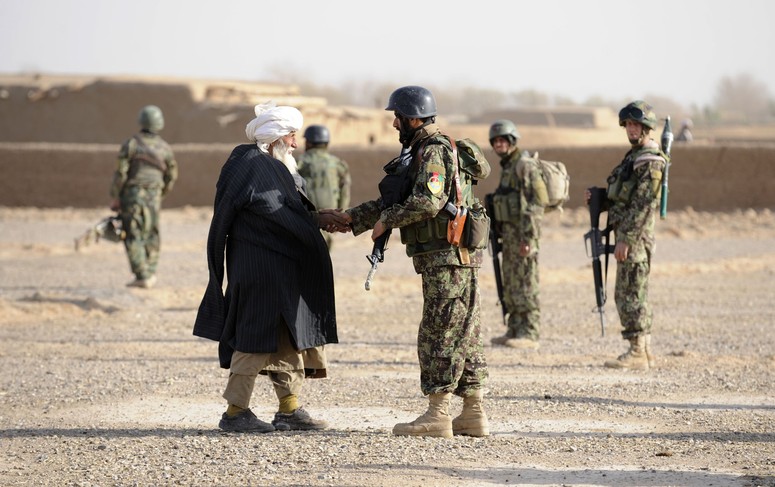NATO has long operated a fleet of Boeing E-3A ‘Sentry’ Airborne Warning and Control System (AWACS) aircraft, which provide Alliance forces with a kind of “eye in the sky”. This fleet of 17 modified Boeing 707’s, known collectively as the NATO Airborne Early Warning and Control Force (NAEWC Force), is equipped with long-range radar and passive sensors capable of detecting air and surface contacts over significant distances, then sharing that information with other NATO aircraft and ground forces. The information gathered by these aircraft can be crucial to the success of an operation and the fleet demonstrates how successful pooling defence resources within NATO can be.
 Given the track record of the NAEWC Force, it came as a surprise when Canada officially withdrew from this element and the new Alliance Ground Surveillance program in July 2014. The decision to withdraw had been announced as early as August 2013 and had been briefly considered in June 2011. Yet Canada had been the third-largest contributor to the program, providing four full flight crews, which helped to raise the profile of the Royal Canadian Air Force within NATO. As a result of the Canadian withdrawal, it is expected that NATO will have to remove one E-3A from its fleet, bringing the Alliance down to 16 surveillance aircraft and placing further pressure on the flight crews of other NATO member states.
Given the track record of the NAEWC Force, it came as a surprise when Canada officially withdrew from this element and the new Alliance Ground Surveillance program in July 2014. The decision to withdraw had been announced as early as August 2013 and had been briefly considered in June 2011. Yet Canada had been the third-largest contributor to the program, providing four full flight crews, which helped to raise the profile of the Royal Canadian Air Force within NATO. As a result of the Canadian withdrawal, it is expected that NATO will have to remove one E-3A from its fleet, bringing the Alliance down to 16 surveillance aircraft and placing further pressure on the flight crews of other NATO member states.
Some analysts estimate that quitting the program has saved Canada’s Department of National Defence (DND) approximately $90 million. When the decision to withdraw was made, defence officials may have believed that the NAEWC Force would have a less prominent role post-Afghanistan and that the fleet could continue to operate effectively with a few less aircraft. However, since August 2013, NATO has been obliged to step up its air policing activities in the Baltic states and elsewhere in Eastern Europe while the Alliance has also engaged in airborne operations against the Islamic State of Iraq and al-Sham. If anything, the demand for AWACS capabilities has grown since the end of combat operations in Afghanistan.
The economic argument against Canadian participation in the NAEWC Force is also questionable. According to a memo sent to then Defence Minister Peter McKay in 2012, Canadian withdrawal from NATO surveillance programs could cost Canada tens of millions of dollars in funding for Canadian high-tech firms. Bidding on contracts related to the NAEWC Force and the aforementioned Alliance Ground Surveillance program is open only to firms located in participating countries. The withdrawal of the Canadian government means that Canadian companies will be shut out of future competitions for related contracts.
Although the government may save $90 million each year, the country will break even on the withdrawal. It is more difficult to measure other implications for Canada through this withdrawal, however. Tracking systems recently installed on the Royal Canadian Air Force’s CF-18s rely on data from AWACS aircraft. While they certainly will continue to benefit from data obtained serving alongside NAEWC Force assets, such as during service on the NATO Baltic Air Policing Mission, Canada will be hard pressed to obtain AWACS coverage from NATO during any future patrols of Canadian airspace if necessary. However, NORAD covers that.
Even if the decision were to be reversed, it is too late to undo its negative impact on NATO’s AWACS capabilities. Personnel from other member states have already been tapped to offset the lack of the four Canadian flight crews and Canada’s image as a reliable contributor to collective defence may have been undermined somewhat. Clearly, the political leadership in Canada is experiencing difficulty with long-term defence planning.




